Your Cart is Empty
Free and Fast Shipping | 30 Day Money Back Guarantee
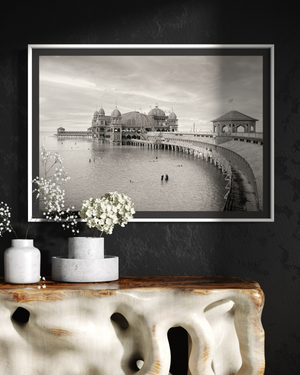
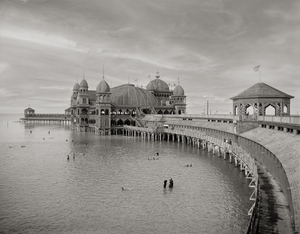
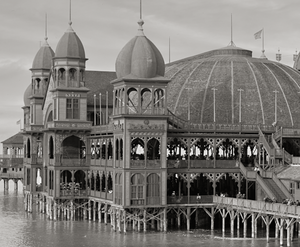
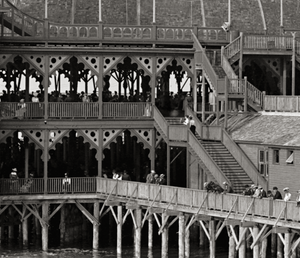
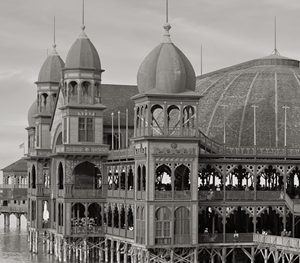
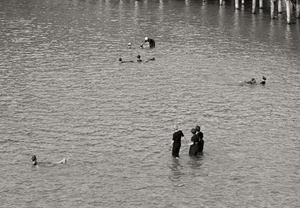
The Saltair Pavilion, commonly known as "Saltair," was a grand resort on the shores of the Great Salt Lake in Utah, famous for its impressive Moorish-inspired architecture and popularity as a lakeside entertainment venue in the early 1900s. Opened in 1893, it was built by the Salt Lake and Los Angeles Railroad (an LDS Church subsidiary) to encourage train travel to the lake. Its design incorporated elements like domes, arches, and minarets, resembling a palace from the Arabian Nights.
In the early 1900s, Saltair was a cultural hub, attracting visitors from across Utah and beyond with its massive dance hall, roller coasters, amusement rides, and lake swimming. The "Great Salt Lake Bathing Resort" became one of the most popular destinations in the West. Bathers would float effortlessly in the lake’s salty waters, which were often touted as beneficial for health.
One of Saltair’s main draws was its dance pavilion, which could hold up to 5,000 people and was one of the largest in the country. Live music and dance events were frequent, with big bands of the era performing regularly. Saltair became a gathering place for locals and tourists, a place where people from all walks of life would meet to relax, dance, and enjoy entertainment in a unique setting.
However, Saltair faced numerous challenges. In 1925, a fire destroyed much of the resort, though it was rebuilt by 1926. Over the following decades, rising and falling lake levels, additional fires, and changing entertainment tastes contributed to Saltair's decline. The original structure was abandoned after another fire in 1931, and various attempts to revive it followed over the years, but none reached the original resort’s grandeur.
Today, a new Saltair venue (built in 1981) stands nearby, primarily serving as a concert venue. Although much of its original character has been lost, Saltair remains a cherished piece of Utah’s history, with lingering memories of its glamorous heyday in the early 20th century.